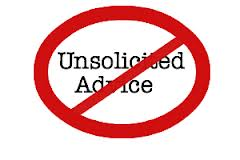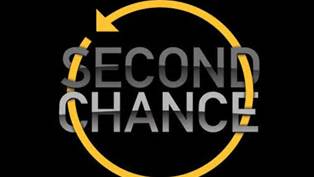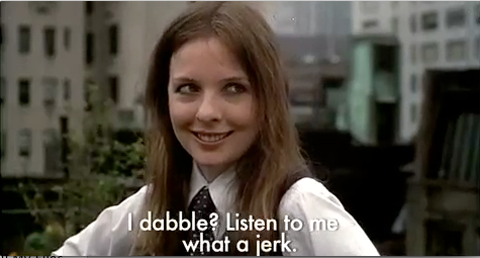Strategy and sales are the key to success, right? Well, yes, and no. Yes, they are important and without execution and operational excellence, they don’t matter. As Thomas Edison said so well, vision w/o execution is hallucination.
So how do we get there? The DIME Method (Design, Implement, Monitor & Evaluate) is a start. And, it’s the M & the E that get you to that operational excellence and where governance comes in.
It starts with figuring out what to monitor and keeping it simple, and then circling back and evaluating progress and measurements, making Design adjustments, Implementing those changes and starting the Monitor and Evaluate process again.
The successful CEOs I work with that have achieved operational excellence consistently follow these three key actions:
- They identify the 3-5 key measures of success and monitor those daily, these could be sales calls, throughput, rework; what to watch depends on their business
- They act when the the key measures indicate a variance, and they don’t wait and don’t accept excuses
- They have a culture of co-accountability; their team holds each other accountable for the results they agree to
And, they design compensation plans that are consistent with the results they want, e.g. if net income is the goal, the leadership team is ‘bonused’ (deferred or current) on results, and they work together to get to those results.



















 The initial results of my Pivot are excellent. I feel I have much greater clarity regarding the next 3-5 years..
The initial results of my Pivot are excellent. I feel I have much greater clarity regarding the next 3-5 years..  John Yerger
John Yerger